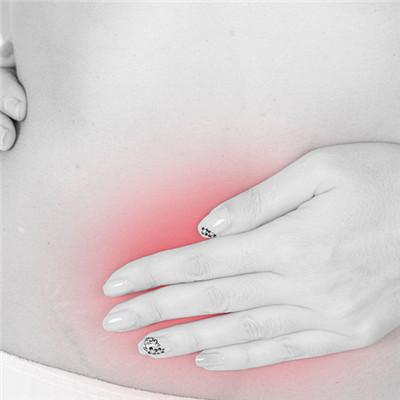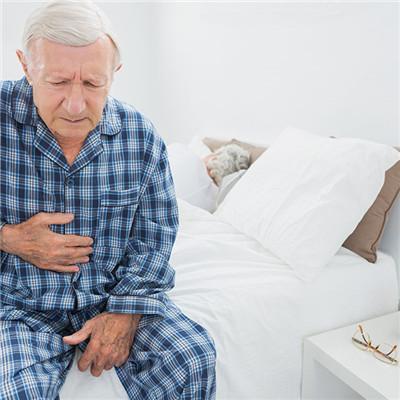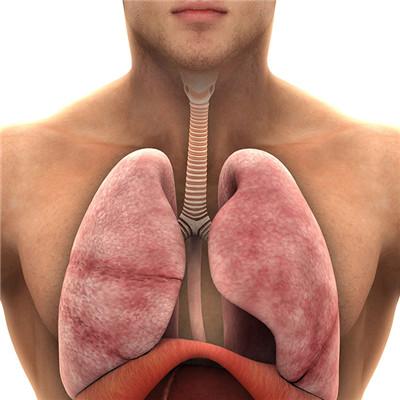Symptoms of gastric stump cancer
summary
Gastric stump cancer refers to benign peptic ulcer surgery. After 5-10 years, adenocarcinoma can occur in gastric stump, which is called gastric stump cancer. That is to say, this kind of disease occurs in the stomach after most gastrectomy, also can occur in simple gastrointestinal anastomosis. It is generally believed that it is only limited to gastric cancer after the operation of gastric non cancerous lesions. Gastrointestinal cancer is also called postoperative gastric cancer. Let's talk about the symptoms of gastric stump cancer.
Symptoms of gastric stump cancer
The complications of gastric stump cancer include upper gastrointestinal bleeding. Local erosion and bleeding of gastric stump cancer can cause chronic gastrointestinal bleeding. When the cancer invades the blood vessels of the gastric wall, it can also cause massive hemorrhage, even hemorrhagic shock. The second complication is anemia.

Repeated small amount of bleeding for many times, can appear small cell low pigment, anemia, when the tumor invades the stomach body and fundus, also can appear large cell anemia. Another complication is obstruction. Dysphagia may occur when the cancer invades the orifice. When the cancer changes at the anastomotic site, it will affect the contents of the stomach. The emptying of gastric juice may also cause vomiting, or even outlet obstruction.

This complication is ascites. A small number of patients with local lesions is not obvious, or because of gastric wall to peritoneal infiltration, ascites and abdominal wall infiltration can occur. Tumor cells can be found in ascites. Once the diagnosis of gastric stump cancer is confirmed, surgical resection should be carried out as soon as possible.

matters needing attention
During the operation, the focus and surrounding lymph nodes should be removed as much as possible. When liver metastasis is found, liver disease, early contact or local solidification can be done. For gastrointestinal cancer, once diagnosed, it should be immediately explored, as far as possible for radical surgery.















